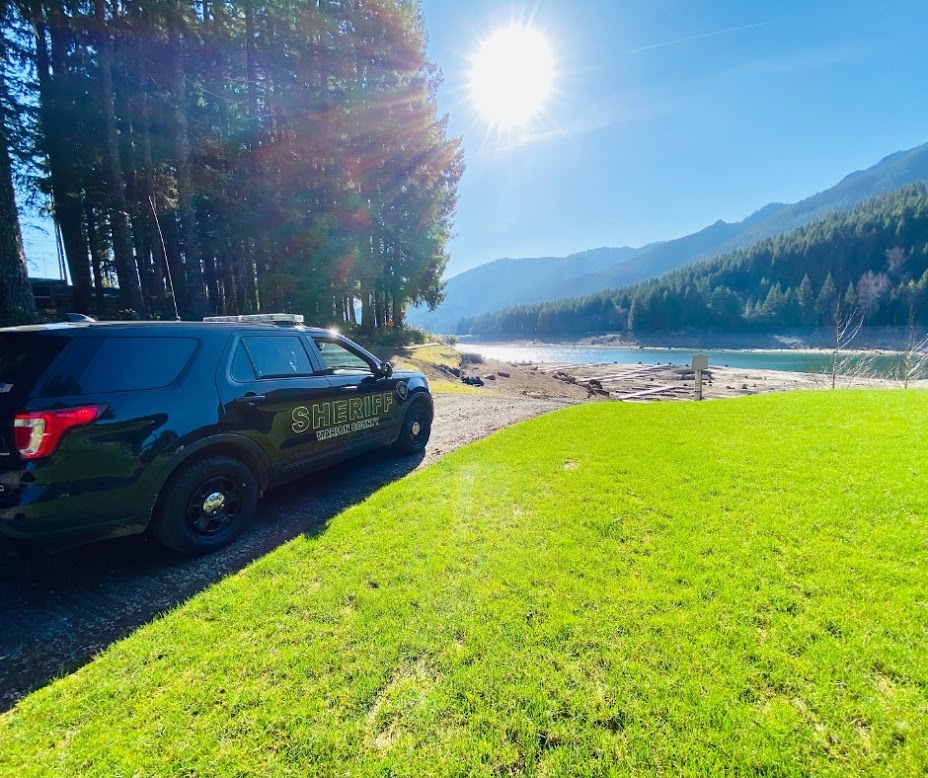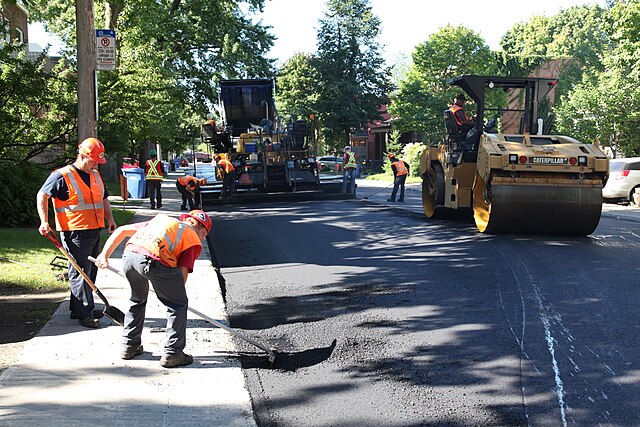Harvest season persists amid challenges in Oregon’s wine country
Published 3:29 pm Friday, October 11, 2024
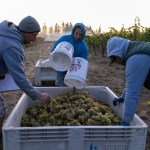
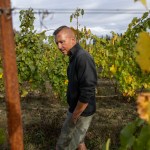
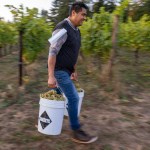

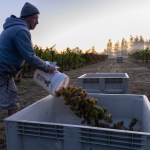
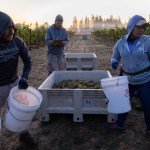
It’s harvest season in the Willamette Valley, and despite current challenges facing the wine industry, Woodburn’s own Hanson Vineyard perseveres.
The Hanson vineyard and winery sits on the outskirts of Woodburn on a small plot of farmland owned and cultivated by the Hanson family since 1930.
Having grown tired of city life in Washington, D.C., Jason Hanson returned to the land he was raised on in 2001 to start the family vineyard with his parents.
Trending
However, running a family vineyard isn’t without its difficulties, and Hanson’s business, like many others across the region, is facing a number of challenges
The state of the industry
When the Hansons opened the winery 19 years ago, it was the 215th winery in Oregon, but today, there are now over 1,200 wineries in the state. While this expansion isn’t necessarily bad, Hanson says it has led to an excess of grapes that vineyards cannot eliminate.
“This is kind of a scary year,” Hanson said. “If you search the Oregon stats on the Wine Business website, you can go back six months and see that there are literally hundreds of thousands of gallons of Oregon wine that people are trying to sell that have no home. I know several vineyards that sold less than half of their fruit and one that is still trying to sell pretty much all of their fruit, and it’s just going to rot on the vineyard.”
According to the Oregon Wine Board’s newest three-year Economic Impact Report in 2022, the economic impact of the wine industry on the state has increased by 12.8% since 2019, which can be partially attributed to the planted acreage of wine grapes growing by 19.5% in the same time span.
However, while the report indicates financial growth in the industry, sales have still decreased since 2019 despite more and more wineries opening up in Oregon.
“In 2022, wine sales in all tiers, from wineries to retail, began to decline. Two major forces are at work: (1) pandemic impacts on trade and consumer behavior; (2) shifts in consumer preferences related to wine,” wrote Robert Eyler, a conductor of the report.
Trending
According to the report, Oregon’s tasting rooms have also seen fewer visitors in recent years. The report shows that the average number of visitors per winery went down 36% from 2019, and wine tourism revenue overall saw a 15% decrease.
Hanson said he believes this excess is due to many conflating factors, including the change in drinking habits amongst younger generations.
“Gen X and Boomers have taken up wine as a lifestyle, whereas the millennials have not. Obviously, some have, but just not in the same numbers and percentages that the older folks have,” Hanson said.
Challenges in the Oregon wine industry were further highlighted at the 2024 Oregon Wine Symposium. In a Wine Business news release about the symposium, Stoller Wine Group Vice President of Communications Michelle Kaufman said there are a range of struggles at play in the industry.
“In Oregon, and across the country, wineries are struggling with the impacts of a myriad of business and climate-related challenges, from declining consumption and tourism, inflation, supply chain issues, employee shortages, and wildfires,” Kaufman said.
Harvest season
Despite the current state of wine in Oregon, the harvest waits for no one.
Harvest season can be equated to the Super Bowl of wine, especially for small family vineyards like the Hansons’. The preparation is meticulous, and the days are often endless as picking starts at 7 a.m. to beat the afternoon sun.
This past week, Hanson and a crew picked pinot noir, riesling and pinot blanc. Six local farm workers clad in sweatshirts and vests gathered at the Hanson vineyard around 6:45 a.m. on a crisp fall morning and went down the rows, clipping and gathering grapes into their buckets.
Hanson and the grape workers gathered the berries into the early afternoon, and Hanson processed the freshly picked grapes the same day.
In the Willamette Valley, harvest season lasts from late September through October. However, Hanson says his vineyards’ harvest period spans a bit longer than typical vineyards in the area.
“I grow 13 different grape varieties, and they all get ripe at different times. Some are really early, and some are really late,” Hanson said. “At most Oregon wineries, the vast majority of what they grow is pinot noir, and the rest is chardonnay, and that’s it, but I grow a lot of crazy unicorns, so we usually start maybe the first week of September with the early things, and we usually get done the last week of October with the later stuff.”
Business in the offseason
When Harvest season ceases, the pressing and fermentation of the grapes and barreling of the wine begins. The Hanson vineyard grows quiet once this wine-making process is over, and the tasting room visitors grow few and far between.
At this time, Hanson, like many other small vineyard owners, will continue to work on the business side of the winery. The Hansons wine is currently stocked in Oregon Whole Foods, New Seasons and Market of Choice, and other small grocers.
The vineyard’s most popular in-store wine is their “Rustic Red,” a red blend that Hanson says is meant to go well with all foods and can be a crowd-pleaser at any type of gathering.
The bottle retails for around $20, an intentional choice by Hanson, who vows never to charge large amounts of money for wine.
“The vast majority of our wine is between $18-$24,” Hanson said. “That’s also my philosophy on things, too. I think it’s unethical to charge dumb amounts of money for something that will just be consumed. You can’t treat a bottle of wine like an investment because you’re going to drink it, and I want you to drink it.”
Because of this philosophy and the Hanson family operation, the vineyard is reminiscent of an old-school winery with walk-in tastings during peak season and all wine-making done on the property.
Hanson’s small-scale operation and self-distribution also allow it to stay afloat in a more mercurial wine industry, creating its “unicorn blends” and maintaining its open-to-all atmosphere.
“I think a lot of people are intimidated by wine. They see these fancy palaces for wine sitting up in the Dundee hills, and they think that’s not a place that I should be,” Hanson said. “But we’re not that. We are ‘come on over on a Saturday afternoon, kick your shoes off and bring the dog.’ There are no dumb questions. We’re happy to talk to you all afternoon about wine because wine can be a beverage for anyone.”










